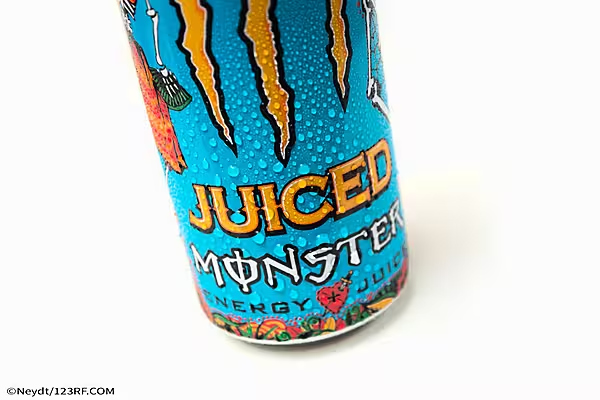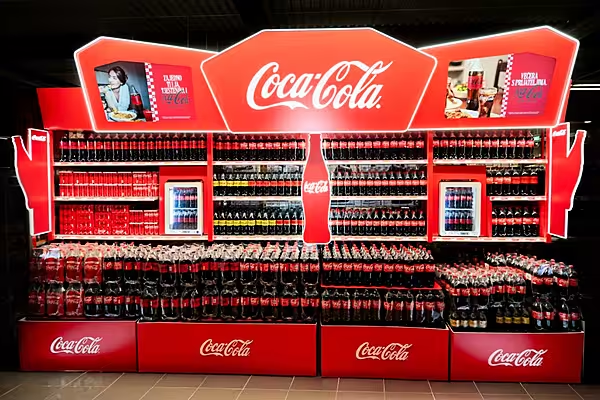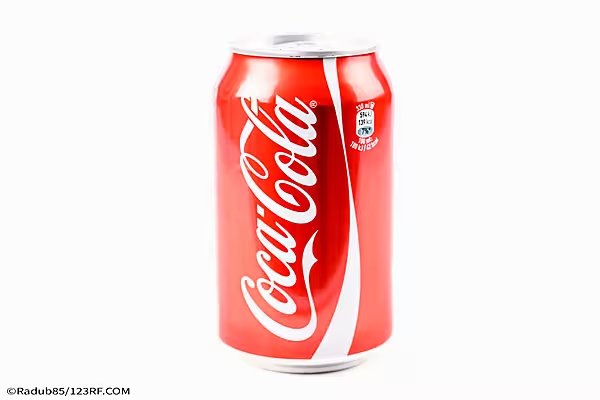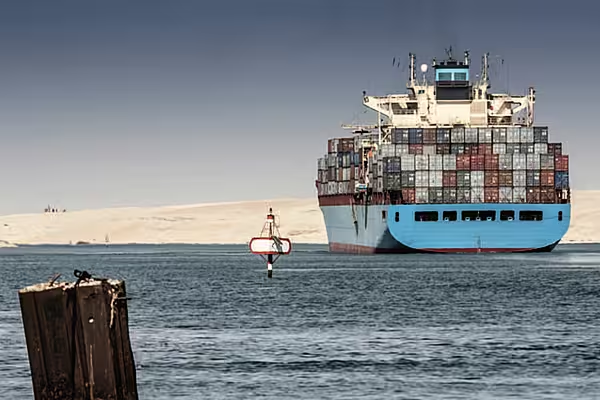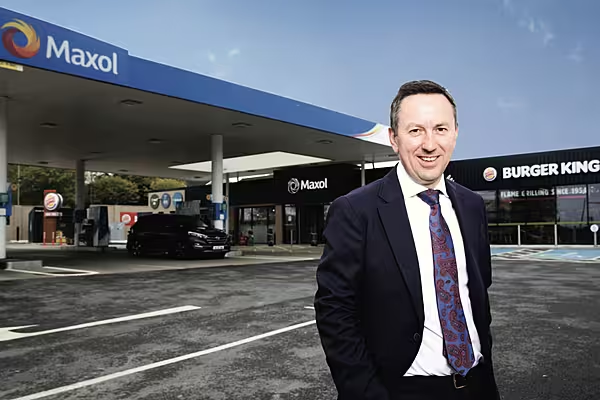When the music started blaring, kids barged one another aside to snatch free sodas at Coca-Cola Co.’s bayside fan center. To get in, visitors queued for hours on Rio de Janeiro’s Olympic Boulevard.
Two blocks back from the water there were only a couple dozen spectators at an Aug. 13 show of dance, drumming and capoeira in a plaza. That’s bad news for Afoxe Filhos de Gandhi, the city’s oldest group promoting Afro-Brazilian culture, which had hoped to profit enough from the event to repair the roof of a former slave market that is its headquarters.
The re-vamping of Rio’s historic downtown port area in advance of the world’s biggest sporting event costs billions of dollars and was meant to showcase gleaming new office towers, museums and a host of historical sites to lure tourists, residents and companies. The region owes much of its soul to Africa; freed and escaped slaves settled in the area, and samba was born on its cobblestone streets. As the games cruise to a conclusion, it’s the sponsor venues that have hogged all the attention.
Last weekend alone 350,000 visitors flocked to the waterfront Boulevard to see the Olympic flame, eat at food trucks, and watch live musicians playing in the shadows of a massive cruise liner where U.S. basketball players reside. Less than two blocks back from the bay, the Valongo Quay, a recently-excavated site where more slaves made landfall than any other port in the Americas, was empty. Partly because there were no signs to direct tourists.
Maria Vittoria Branchini, 16, whose Italian family watched the Olympics opening ceremony live on the Boulevard, said they never would’ve found Valongo without a guided tour. The group of nine was led by Rayane Rosignoli, who said there’s a need to talk more about “the B-side of Brazil’s history,’’ which includes favelas and slavery. The opening ceremony didn’t gloss over Brazil’s stained past, with slaves marching to a soundtrack that featured a whip’s lash.
On the Boulevard there also aren’t signs pointing to a nearby archaeological center that’s atop a slave cemetery. It hasn’t seen an increase in visitors during the Olympics, according to its founder, Merced Guimaraes.
Winning Gold
Back at the Coke gift shop kids could pick up a plastic Coca-Cola cup, a pair of personalized sandals, or Olympic pins released daily that form the shape of a bottle when complete. “They’ve become a craze,’’ says store manager Mauricio Lima Salvador.
The beverage company set a target of 80,000 visitors during the Olympics, and is set to surpass it by 10 percent with lines lasting as long as four-and-a-half hours. “We’re going for gold,” spokeswoman Kate Hartman said in an e-mail.
Coke paid about 1 million reais to rent its warehouse, according to Antonio Mello, who has been Rio’s tourism secretary since before the city won hosting rights. He estimates the company shelled out another 12 to 15 million reais to “activate’’ the space. It was just one of the Olympics sponsors called upon to help bring alive the port area, which is in the midst of a roughly 8 billion-real overhaul. Coca-Cola declined to comment on its marketing budget.
“Some sponsors came in, others didn’t,’’ Mello said. “I’m sure those that didn’t – Claro, Visa – must regret not being on the Olympic Boulevard. They could’ve been there exposing their brand, getting brand experience. And it’s a success.’’
Claro SA’s parent company America Movil declined to comment, and Visa didn’t respond to a request.
Samsung Electronics Co Ltd has a studio in the refurbished plaza beside Banco Bradesco SA’s pop-up museum on Olympic history. Nike Inc. has a show room near Nissan’s bungee-jump station. Outside Mello’s office window, a French hot air balloon emblazoned with the logo of Ambev SA’s Skol beer lifts Olympic visitors into the air to take in the view, and shows off the brand to those below.
African Heritage
Still, there is a grudging recognition the city could have done more to promote its unique roots. Not putting Valongo on the Boulevard map “may have been our fault,’’ Mello said, adding that other cultural sites like the museum run by Banco do Brasil SA don’t appear either. Rio funded Valongo’s refurbishment and the United Nations is expected to decide next year whether to certify it as a world heritage site.
“We can’t cover everything and put it all inside the Boulevard,’’ Mello said. “If we had, it would have been a very big area to manage and to activate all those places.’’
Sponsors foot the bill for more than 60 concerts on the Boulevard, 234 performances by jugglers, dancers and mimes, and a graffiti artist whose massive work is on display to those queuing at the Coca-Cola Station. It features the faces of five indigenous people from each of the world’s continents. Beyond, the Americas’ biggest slave port lies just out of sight.
News by Bloomberg, edited by ESM. To subscribe to ESM: The European Supermarket Magazine, click here.

